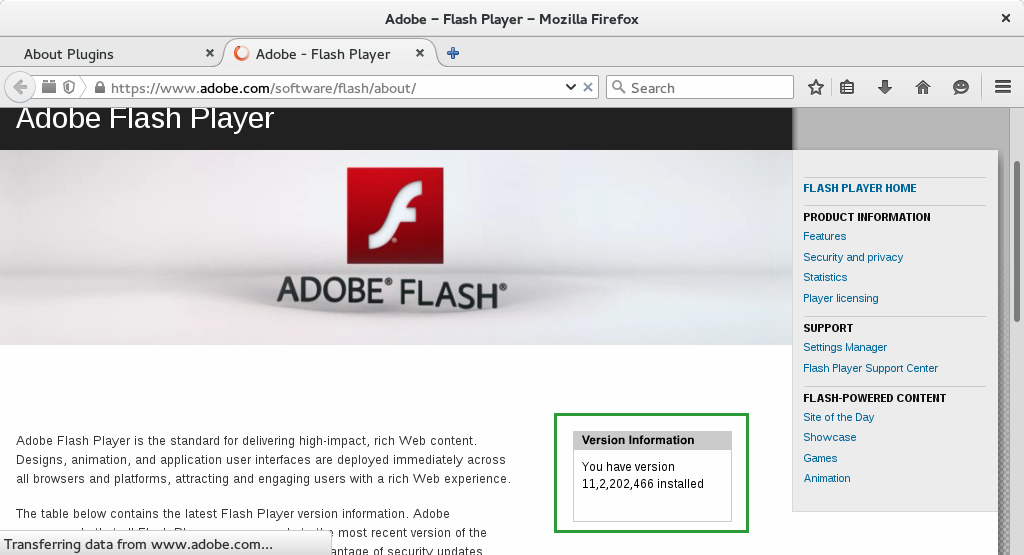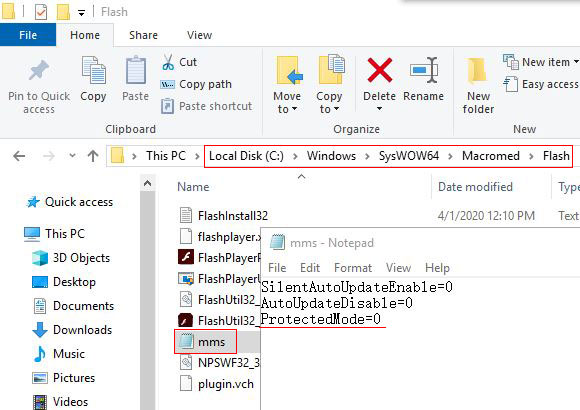

An add-on is a non-standard automation action that can be reused in recorded or manually-written automated tests. There are many actions that cannot be predicted until the scenario needs to be automated by someone. If your test case involves scrolling to the bottom of the page to verify the copyright, you can create an add-on to automate it at scale using Testsigma. Think Pinterest, or an e-commerce website listing clothes. Since it is not feasible to predict action statements for all these scenarios beforehand, we provide a dynamic solution to extend the built-in actions, i.e., add-ons.įor example, the scroll indefinitely till the bottom of the page action is applicable to an application that has a huge list of items where the list keeps adding individual items to a list until the user scrolls to the end. Testsigma automates a diverse set of actions via its simple English based actions, but sometimes there are unique actions you need to automate in a test. These actions can be anything from click first, then scroll, click again, scroll indefinitely till the bottom of the page, and so on.Įnd to end testing involves automating a large number of diverse features and functionalities within the Application under Test (AUT), some of which may be unique to an AUT.

Want to start making money as a white hat hacker? Jump-start your hacking career with our 2020 Premium Ethical Hacking Certification Training Bundle from the new Null Byte Shop and get over 60 hours of training from cybersecurity professionals.Using add-ons to extend the Testsigma ActionsĪn add-on is a way to extend Testsigma’s built-in repository of actions with custom actions. Now that FoxyProxy is installed, more time can be spent finding bugs and not messing with settings.ĭon't Miss: Attack Web Applications with Burp Suite & SQL Injection We also covered some configuration issues, including setting the Certificate Authority and getting Burp to work with TLS. We installed and configured a browser add-on called FoxyProxy that allowed us to turn a proxy, like Burp Suite, on and off with a single click.

We learned about proxy switchers and what the advantages of using them are. When we are done, or if we want to disable the proxy temporarily, click the FoxyProxy icon again, and select "Turn Off FoxyProxy (Use Firefox Setting)" to return to the default settings for Firefox. You can do so by using the Ctrl Shift p shortcut, clicking the "Open menu" button in the toolbar then "Add-ons," or hitting "Tools" in the menu bar followed by "Add-ons." The first thing we need to do is start Firefox and navigate to the Add-ons Manager. Here, we will be installing and configuring FoxyProxy in Firefox to use in conjunction with Burp Suite. Don't Miss: Generate a Clickjacking Attack with Burp Suite to Steal User ClicksįoxyProxy is a popular proxy switcher available for both Firefox and Google Chrome.It can get annoying having to turn the proxy on and off constantly, but the use of a proxy switcher makes the process trivial. It is beneficial for security researchers and penetration testers because the time saved messing around with settings can be put to better use, especially when exploring a website for testing. It saves loads of time as it usually takes many clicks to enable or disable a proxy. Why Use a Proxy Switcher?Ī proxy switcher is a tool, usually in the form of a browser add-on, that allows one to turn a proxy on and off or cycle between multiple proxies with the click of a button. Luckily, there is a browser add-on called FoxyProxy that automates this process with a single click of a button. By routing traffic through a proxy like Burp Suite, you can discover hidden flaws quickly, but sometimes it's a pain to turn it on and off manually. One of the best ways to dig into a website and look for vulnerabilities is by using a proxy.


 0 kommentar(er)
0 kommentar(er)
